Sam Pierron had a problem.
The Kansan had been waiting years for a top-flight soccer league here in the States, but when it finally came, a lot of things just weren't right.
Fifteen years ago, MLS kicked off with stadiums that were too big and fields that were often too small. There was a clock that ran backwards, and a total lack of recognition for the best regular-season team, something that’s unheard of nearly everywhere else in the soccer world.
And so Pierron and some friends from the four corners of the US soccer world got together – virtually – to set about fixing what was broken.
“Working together like that is something that came out of the old North American Soccer mailing list,” said Pierron, once a leader for the Mystics, Kansas City’s first supporters group, but now an employee of Sporting Kansas City serving primarily as a liaison between the club and its supporters. “This is pre-message board days. We were fans at a time where, economically, the league probably needed to listen to us. And to their credit, they did.”
Thirteen soccer-specific stadiums, hundreds of tifo displays, a few thousand games and a league-sanctioned Supporters’ Shield later, and the vision of MLS for which Pierron and his trailblazing fellows fought in the mid-1990s is the reality of the 21st century.
Though the supporters themselves didn’t spend the millions needed to build those stadiums, they did shine a light on the potential the game had by bringing raucous, loud, passionate support. And by the end of MLS' second season, at the inaugural Supporters Summit, the league’s powers showed up and listened.
[inlinenode:330053]“That was probably the key first step, them coming to the Summit in LA in 1997, and showing that they understood that the fans need to have their voice heard," Pierron explained. “After that it was the end of the shootout [in 1999], and from there it’s mostly been in the right direction.”
Pierron, who designed the Shield and got it sanctioned by the league – “There was never any resistance, to be honest, he said” – was one spearhead of the supporter’s movement that pushed MLS toward a more traditional format.
In DC, however, “Tradition” was the word from day one. The Screaming Eagles are probably the largest and best-known supporter’s club from the original MLS teams, and their position along the camera-side of RFK Stadium lent them a visibility that other groups weren’t afforded.
“There was a poll for the team name, back in 1995,” said Paul Sotoudeh of the Screaming Eagles. “I think the names were ‘Justice,’ ‘Force’ or ‘Spies.’ It was pretty bad.
“By that time, though, Matt Mathai, the founder of our group, had already been in touch with [DC’s front office], and Kevin Payne called him up and said ‘Hey, what do you think about D.C. United?’ And Matt kind of breathed a big sigh of relief.”
Sotoudeh says that consideration from the DC front office has been a staple of United’s culture, and one that he’s happy to see passed along to other markets.
“Honestly, we’ve had such little turnover in the front office that it’s made it easy to work with them since day one,” Sotoudeh said. “Kevin Payne’s been there since the start. Stephen Zach’s been there from the start. A bunch of people have, and they’ve always been there to support us.
[inlinenode:330052]"Whether it’s banners or tifo or other things that we want to get done during the game, or just helping create a tailgate culture that translates to national team games, too, we’ve always had that help.”
As Sotoudeh said, DC fans were lucky in their relationship with the front office. Other groups had to struggle for recognition. But the “everybody knows everybody” nature of MLS fandom in those days made that struggle a communal one.
“I know a lot of the supporters groups from those days knew each other from USA games,” Sotoudeh said. “I [Mathai] knew Sandy Canetti, who was one of the leaders of [New York's] Empire Supporters Club back then. And I think because of that, and in spite of any rivalries, there was this shared experience among all the fans.”
That shared experiences has been passed among the clubs now, as well. Obviously not every club does everything the same way – Seattle’s alliance with their supporters remains unique in MLS history, and the Colorado Rapids still have the only terrace in the league – but teams have come a long way from the days grasping a plan that would appease the hardcore supporters while managing not to scare away the more casual crowd.
“Obviously it’s something the league, as a whole, has gotten better at,” Pierron said. “I think when Toronto came in in 2007, it became really obvious to everybody that there was more to this and that a supporter’s culture, a real, distinct supporter’s culture that everyone could share, was a possibility.”


